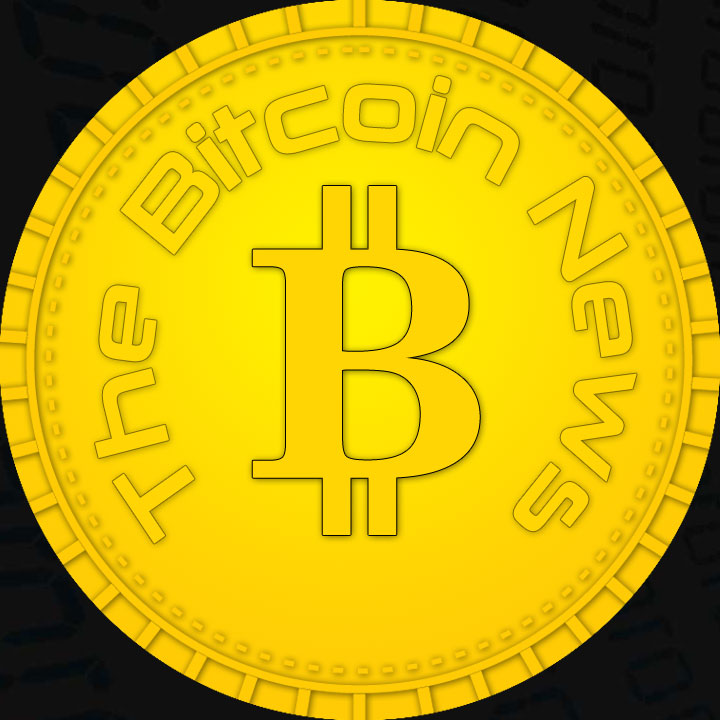Recently, the Police Headquarters, the Polish National Bank, along with the Ministry of Justice conducted a report on the issue of counterfeiting in the European country. The study also mentioned the rising popularity of the dark web counterfeit euro trade.


According to the recent report conducted on the year of 2015, the most popular banknotes counterfeiters pressed are 20 and 50 euro bills, along with the 50 and 100 PLN denominations in Poland.
“Based on the information the Police Headquarters, it can be said that, as in previous years, in Poland there are both Polish and foreign organized crime groups involved in the distribution and production of counterfeit money, forging mainly euros,” the study reads.
Poland is also a transit country for criminal organizations who specialize in counterfeiting euro bills. The members of these groups include mostly Polish nationals and foreigners from abroad countries. Criminals import the forged notes to the country by couriers, whose task is not only to deliver the fake currency but to collect and export the funds abroad. Organizations that use Poland as a transit country, distribute mostly 500 euro notes, which they pass forward to Turkey and Cyprus.
However, the researchers pointed out that criminals mostly counterfeit 20 and 50 euro bills, mainly because of the printing technique and offset printing, which ensures good quality.
“This demonstrates not only the location of the counterfeiters’ center beyond Polish borders but also a large commitment in preparation for the production, aimed at introducing [the notes] into circulation as forgeries,” the report highlighted.
Apart from euro, criminal organizations also transit USD and GBP through Poland. They mostly import dollars from Ukraine and the Czech Republic, while Polish citizens who are working abroad in the United Kingdom smuggle the forged British pounds to the country.
According to police data, the number of investigations relating to banknote counterfeiting increased by 19 percent from 2014 to 2015, while investigations relating to the distribution of forged notes decreased by 15 percent.
Information from the Polish National Bank shows that the number of counterfeit notes in circulation increased from 1,856 pieces to 6,540 (an increase of 253 percent). The National Bank also investigated the case of fake euro bills. Counterfeit 50 euro notes in circulation increased from 644 to 3,812 pieces, while 100 euro bills increased from 237 to 1,910 pieces from 2014 to 2015. Although, the number of forged 500 euro notes decreased from 622 to 176 pieces. In total, the denominations of 50 and 100 euro bills accounted for 87.5 percent of the counterfeit EUR notes in the country in 2015.
According to the Department of Cash and Issue NBP, the most often counterfeit banknotes of the Polish currency were the 50 and 100 PLN bills (56 percent of the total). Criminals forge these denominations since these bills are the easiest to distribute. Counterfeiters manufacture the Polish currency domestically, using the simplest and most accessible techniques – inkjet and laser. With these methods, they have the basic securities of the bills. Criminals could also simulate watermark or a security threat to the notes by overprinting.
Information from the Ministry of Justice shows that in 2015, the regional courts recorded cases against 91 suspects. Authorities convicted 84 of the defendants.
Most importantly, the report identified the dark web counterfeit euro trade as a growing phenomenon in the country. According to the study, criminals use the anonymity of the dark web to distribute fake currencies to customers worldwide. They use the national postal service to deliver the notes, however, they mostly use a fake credentials for shipping.
The counterfeit euro business is booming on the dark web. There has been a significant increase in the recent cases in Europe, mostly in Germany, Austria, and France. Court documents in each instance show that dark net vendors advertise counterfeit bills on marketplaces for a portion of the real price (usually 10 or 20 percent). Since many people want to make fast and easy money, dark net customers see a real opportunity in this business. However, in most cases, they get busted since the quality of the euros is poor.

TheBitcoinNews.com – Bitcoin News source since June 2011 –
Virtual currency is not legal tender, is not backed by the government, and accounts and value balances are not subject to consumer protections. TheBitcoinNews.com holds several Cryptocurrencies, and this information does NOT constitute investment advice or an offer to invest.
Everything on this website can be seen as Advertisment and most comes from Press Releases, TheBitcoinNews.com is is not responsible for any of the content of or from external sites and feeds. Sponsored posts are always flagged as this, guest posts, guest articles and PRs are most time but NOT always flagged as this. Expert opinions and Price predictions are not supported by us and comes up from 3th part websites.
Advertise with us : Advertise
For the latest cryptocurrency news, join our Telegram!










